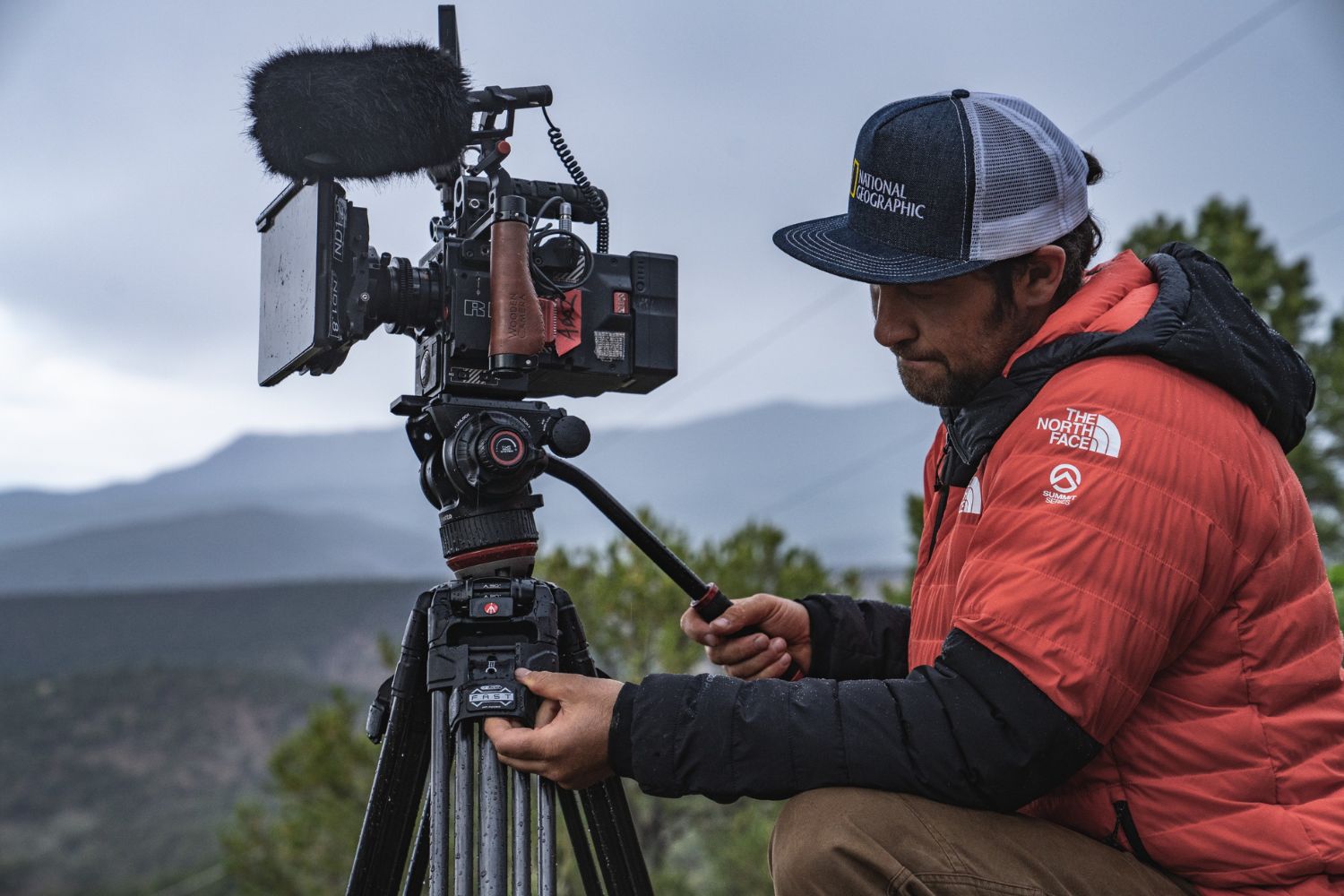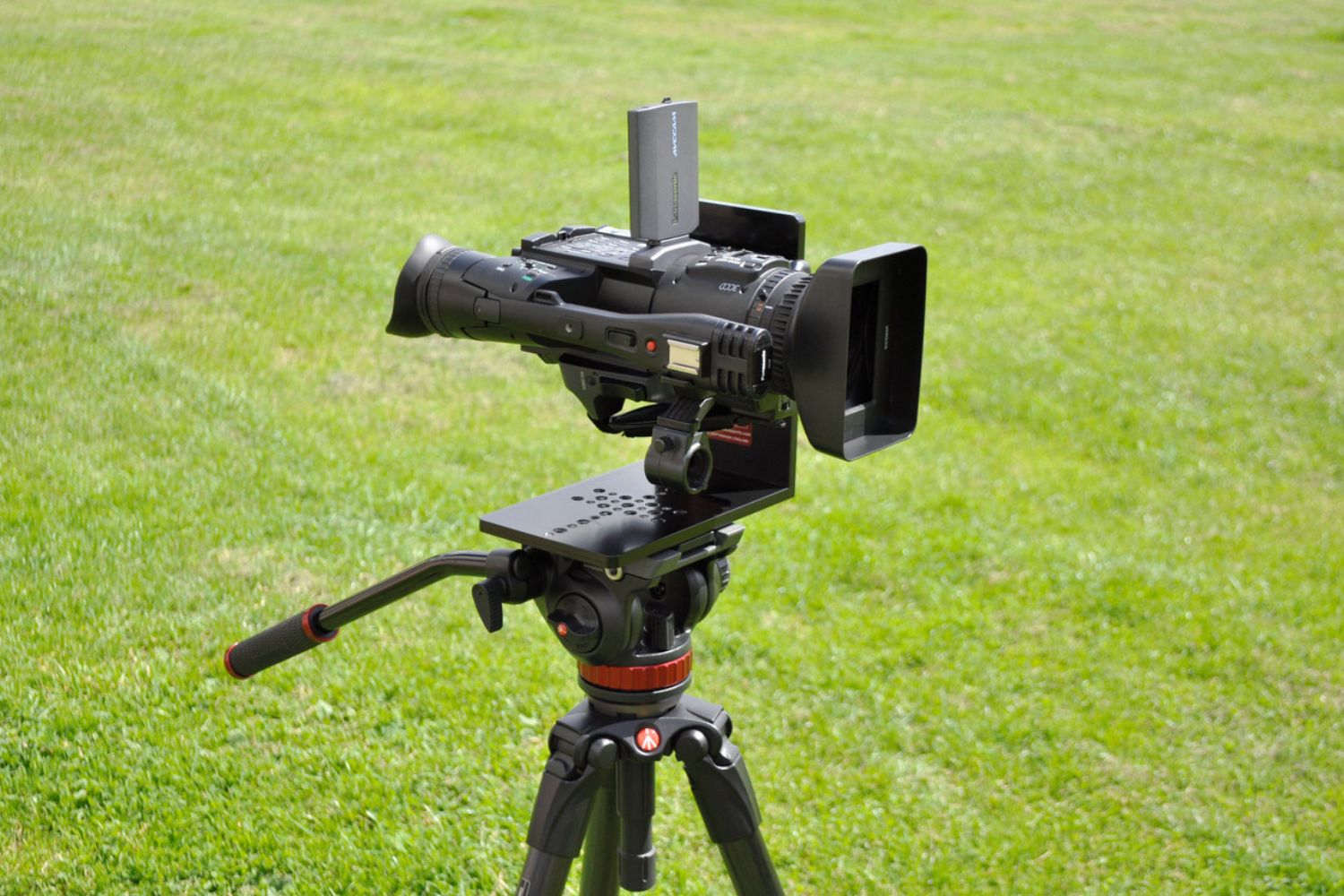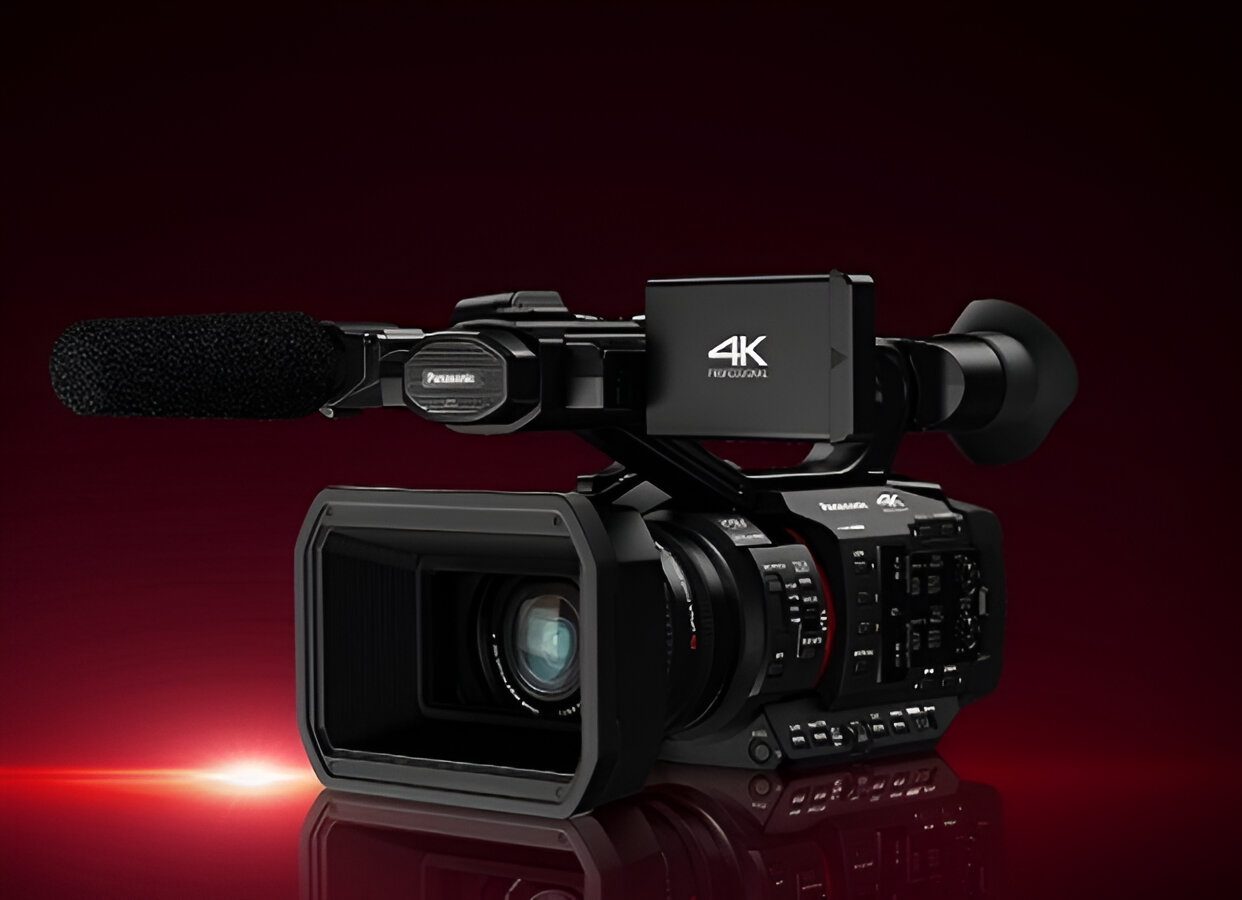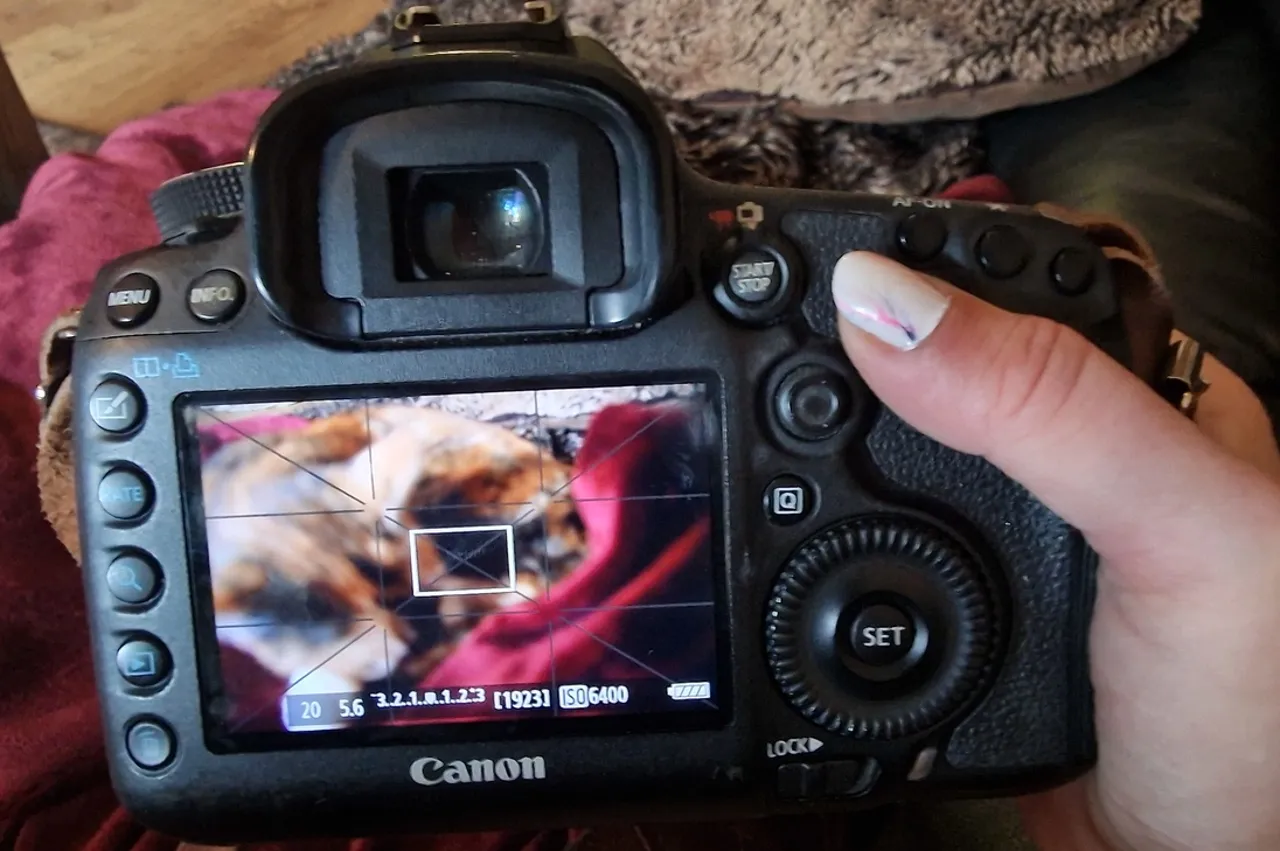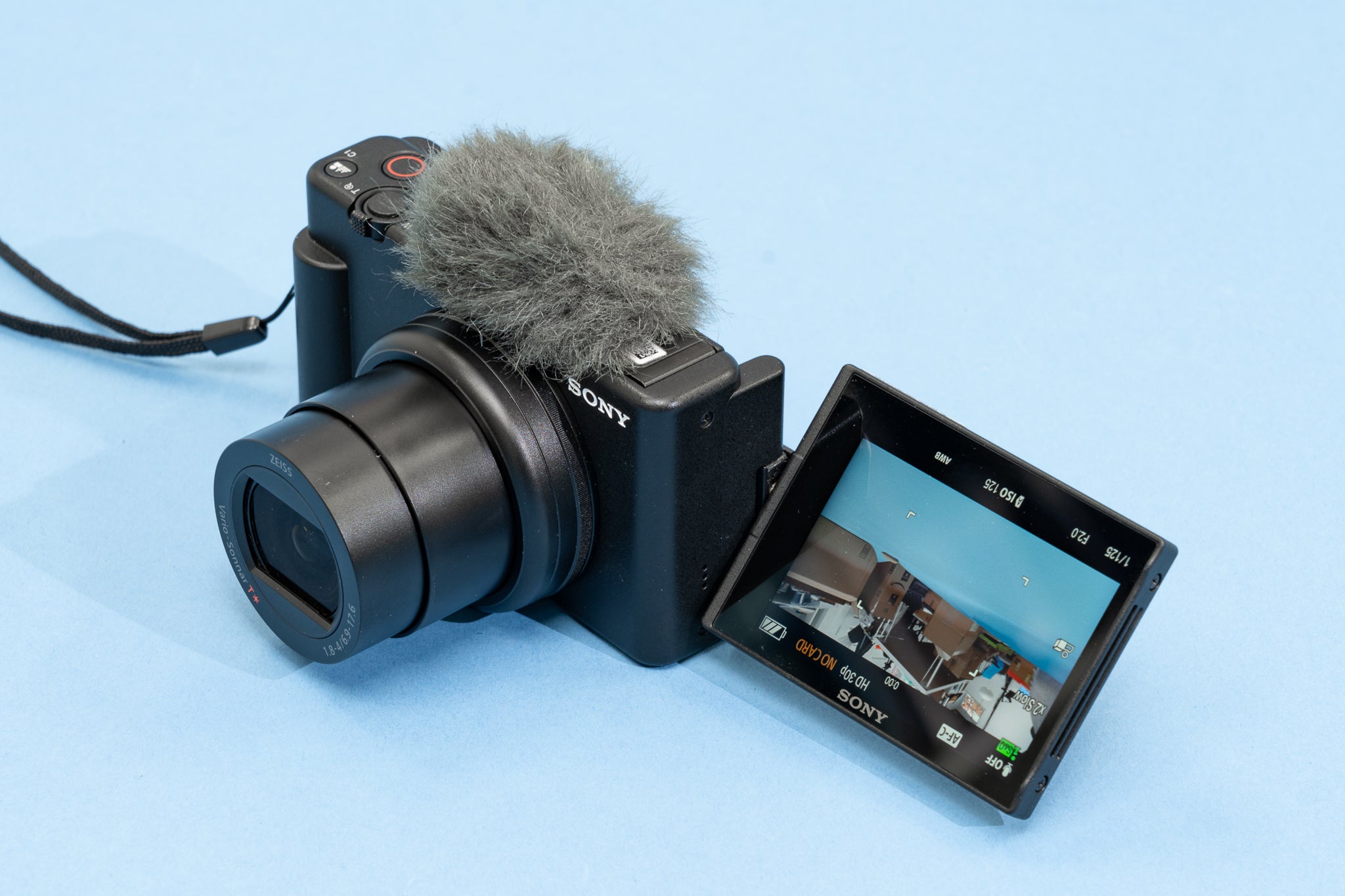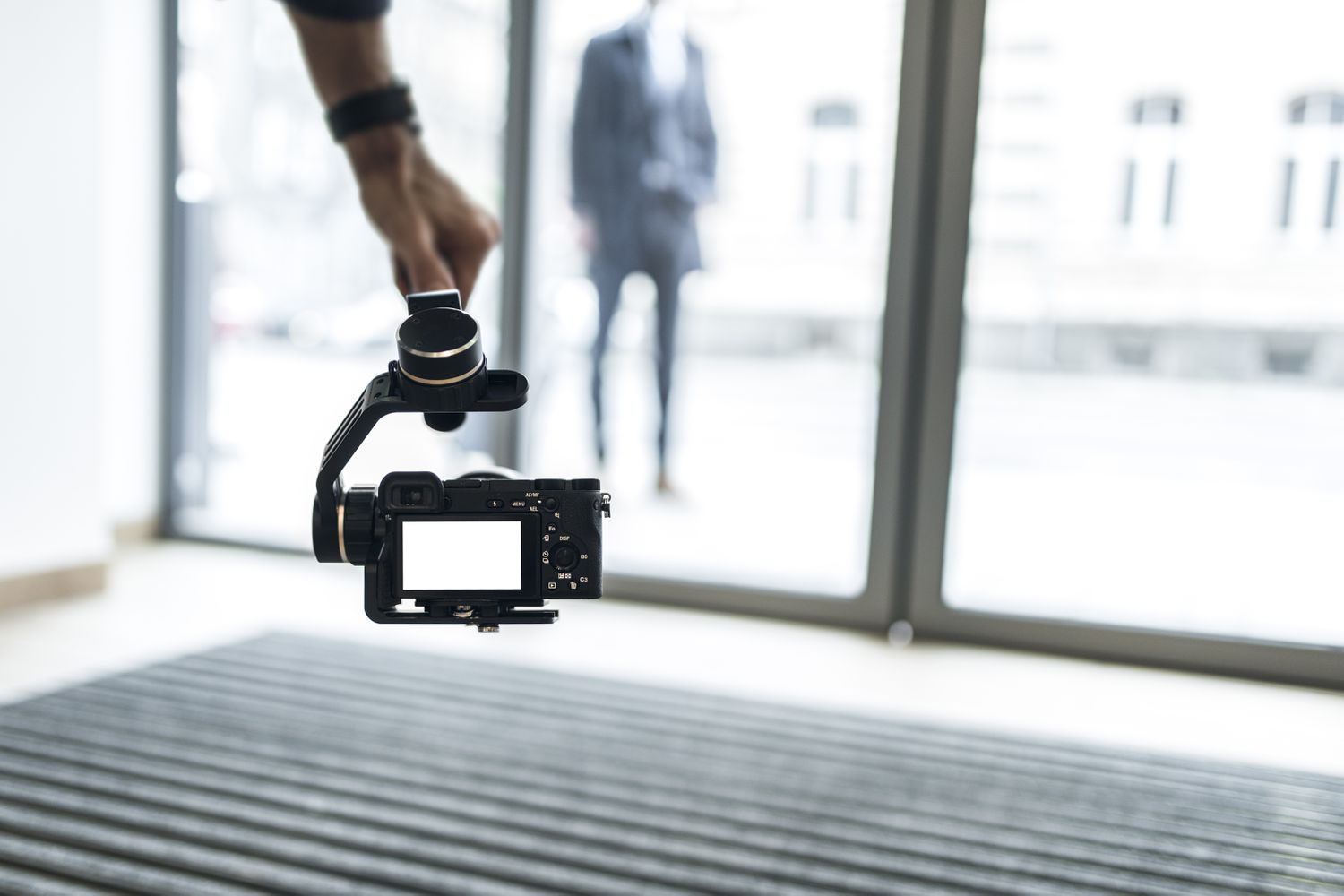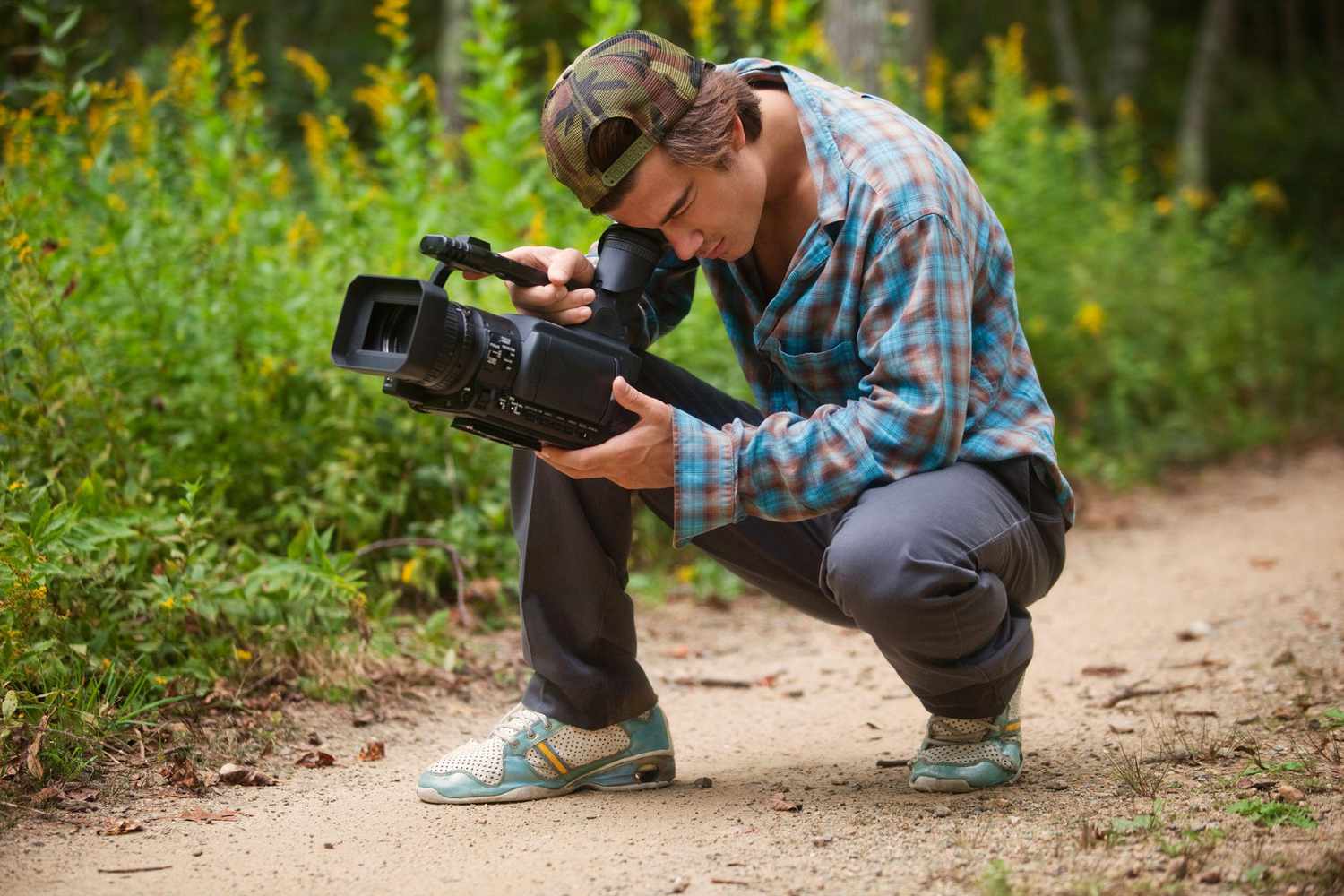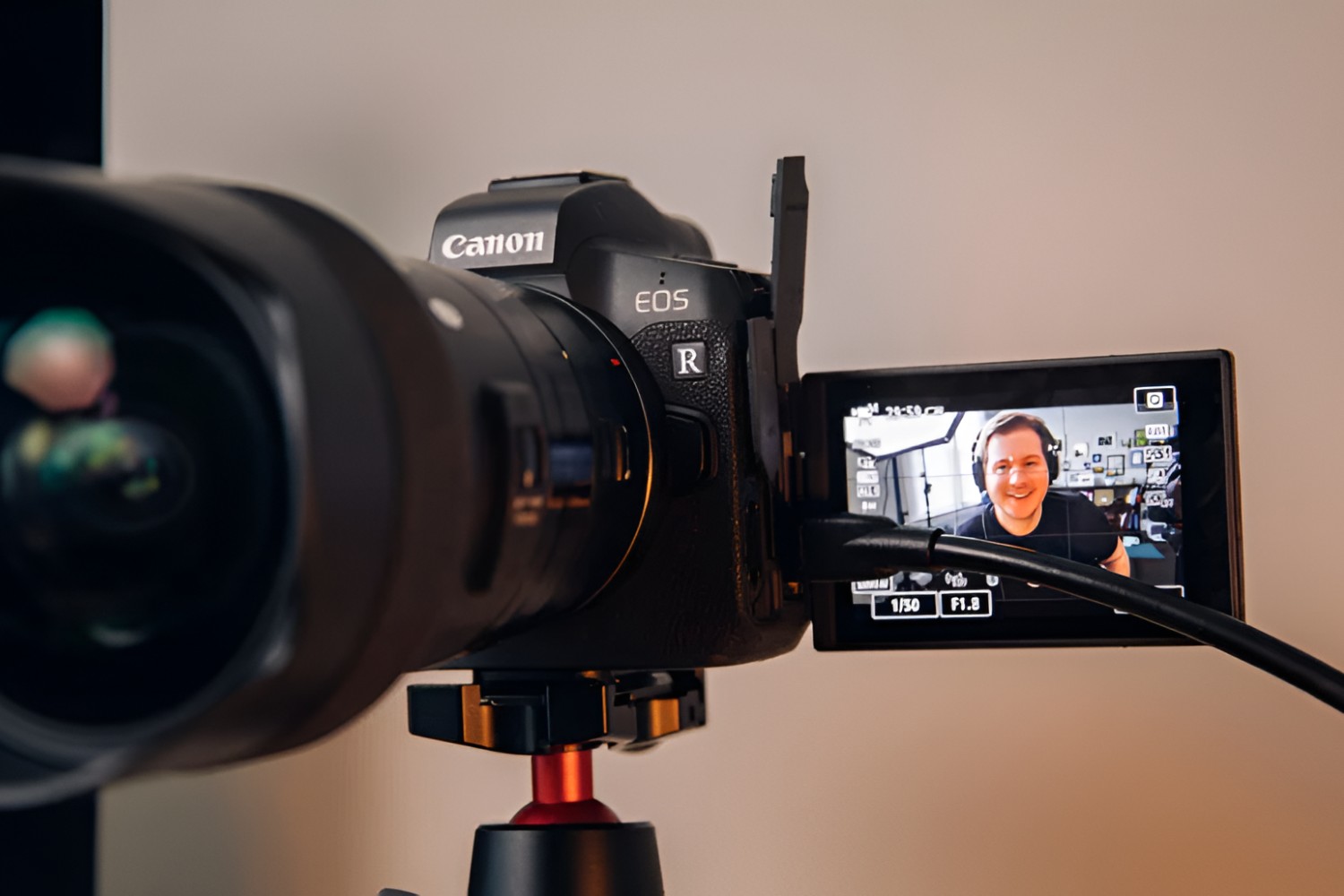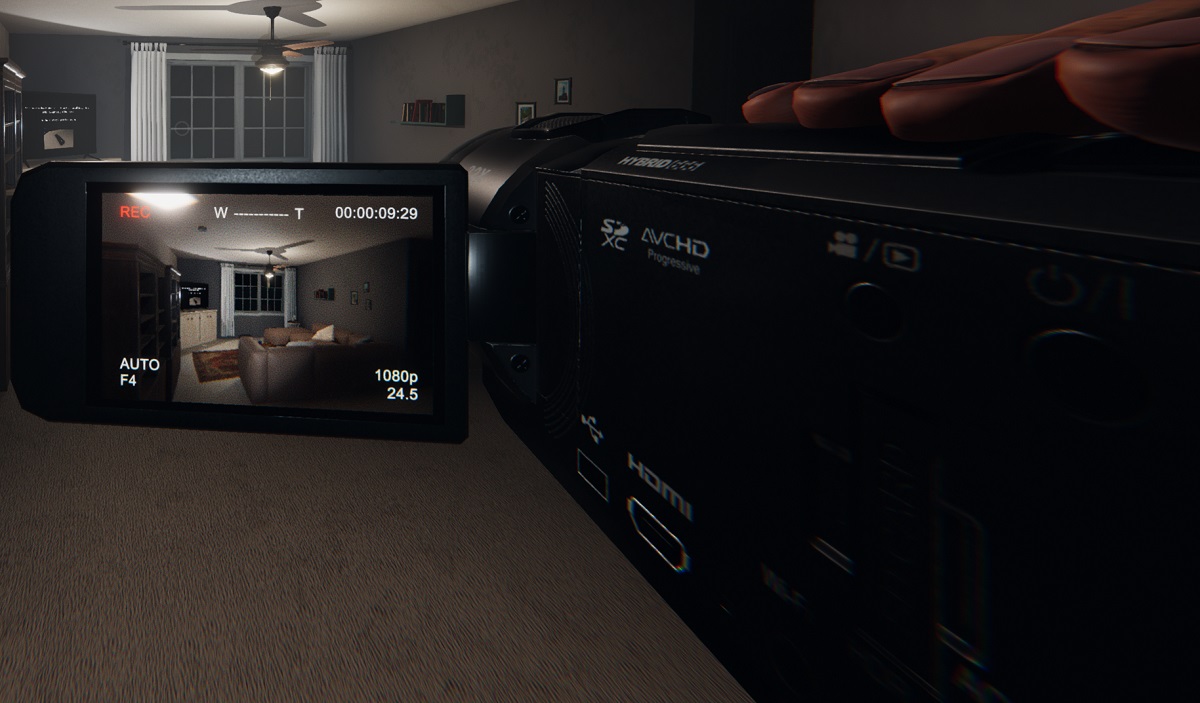Introduction
Understanding the Importance of Tripod Capabilities for Your Camcorder
So, you've got your hands on a shiny new camcorder and you're eager to start capturing stunning videos. However, have you ever found yourself struggling to maintain a steady hand while filming? Shaky footage can be a common issue, especially when shooting in low light conditions or trying to capture fast-paced action. This is where the importance of tripod capabilities for your camcorder comes into play.
A tripod provides stability and support, allowing you to achieve smooth, professional-looking shots without the distraction of unwanted camera movements. Whether you're a seasoned videographer or a beginner looking to elevate your filming game, understanding tripod capabilities and how they relate to your camcorder is essential for producing high-quality videos.
In this article, we'll delve into the world of tripod capabilities, guiding you through the process of determining whether your camcorder is equipped to be mounted on a tripod. We'll also explore the benefits of using a tripod and provide practical tips for optimizing your filming experience. By the end of this read, you'll be equipped with the knowledge and confidence to make the most of your camcorder's tripod capabilities and take your videography to the next level. Let's embark on this journey to unlock the full potential of your camcorder!
Understanding Tripod Capabilities
Before we dive into the specifics of checking your camcorder for tripod capabilities, let’s take a moment to understand what tripod capabilities entail. Tripod capabilities refer to the features and design elements of a camcorder that enable it to be securely mounted onto a tripod. These capabilities are crucial for achieving stable and steady footage, particularly in scenarios where handheld filming may result in shaky or jittery videos.
Most modern camcorders are equipped with tripod sockets, which are standardized fittings located at the bottom of the device. These sockets are designed to accommodate the attachment of a tripod, allowing the camcorder to be securely mounted and stabilized. Additionally, some camcorders feature built-in image stabilization technology, which works in conjunction with tripod capabilities to further enhance the smoothness and clarity of captured footage.
Understanding tripod capabilities also involves considering the weight and dimensions of your camcorder. Different tripods are designed to support varying weight capacities, so it’s essential to ensure that your camcorder falls within the specified weight limit of the tripod you intend to use. Furthermore, the physical dimensions and shape of your camcorder can impact its compatibility with certain tripod models, emphasizing the need for a comprehensive understanding of your device’s tripod capabilities.
By grasping the significance of tripod capabilities, you’ll be better equipped to harness the full potential of your camcorder when it comes to achieving professional-grade video recordings. The next step is to explore how you can assess your camcorder to determine its tripod compatibility, which we’ll delve into in the following section.
Checking Your Camcorder for Tripod Capabilities
Now that you understand the importance of tripod capabilities, it’s time to assess your camcorder to determine if it is equipped with the necessary features for tripod compatibility. The following steps will guide you through the process of checking your camcorder for tripod capabilities:
- Examine the Bottom of Your Camcorder: Start by inspecting the bottom of your camcorder for a threaded socket. This socket is typically located in the center or slightly off-center and is designed to accommodate the attachment of a tripod. It appears as a small, circular indentation with internal threading to secure the camcorder to the tripod.
- Refer to the User Manual: If you’re unsure about the presence of tripod capabilities on your camcorder, consult the user manual that accompanied the device. The manual often contains detailed information about the physical features and functionalities of the camcorder, including its compatibility with tripods.
- Research Online: In the event that the user manual does not provide clear details about tripod capabilities, consider conducting online research. Visit the manufacturer’s official website or reputable tech forums to gather insights from other users who may have experience with your specific camcorder model.
- Explore Image Stabilization Features: Some camcorders incorporate advanced image stabilization technologies, such as optical or electronic stabilization. While not directly related to tripod capabilities, these features complement tripod usage by further reducing camera shake and enhancing overall video stability.
By carefully examining your camcorder and leveraging available resources, you can ascertain whether it possesses the necessary tripod capabilities. Additionally, keep in mind that certain accessories or adapters may be available to enhance tripod compatibility for specific camcorder models, so exploring these options can further expand your filming possibilities.
Once you’ve confirmed the presence of tripod capabilities on your camcorder, you’re ready to explore the practical aspects of using a tripod to elevate your videography endeavors, which we’ll delve into in the subsequent section.
Using a Tripod with Your Camcorder
Now that you’ve verified your camcorder’s tripod capabilities, it’s time to explore the benefits and best practices of using a tripod to enhance your videography experience. Here’s how you can make the most of this invaluable tool:
- Stability and Smoothness: Mounting your camcorder on a tripod provides unparalleled stability, eliminating the risk of shaky footage caused by hand movements. This stability is especially beneficial when capturing slow-motion shots, panning across a scenic landscape, or filming in low-light conditions.
- Precision and Control: Using a tripod enables precise framing and composition, allowing you to fine-tune your shots with ease. Whether you’re filming a stationary subject or adjusting the framing of a dynamic scene, the controlled movements facilitated by a tripod contribute to the overall professional quality of your videos.
- Reduced Fatigue: Long filming sessions can lead to physical fatigue and decreased hand steadiness. By utilizing a tripod, you can alleviate the strain on your arms and maintain consistent framing and focus throughout extended shoots.
- Enhanced Creativity: With the stability provided by a tripod, you can experiment with creative filming techniques, such as time-lapse sequences, smooth tracking shots, and seamless transitions between different angles and perspectives. This creative freedom can significantly elevate the visual appeal of your videos.
When using a tripod with your camcorder, it’s important to consider the following tips to optimize your filming process:
- Adjusting the Height: Ensure that the tripod is set to an appropriate height to achieve the desired framing and perspective for your shots. Consider using a tripod with adjustable legs to accommodate various filming conditions and shooting angles.
- Securing the Camcorder: Double-check that your camcorder is firmly attached to the tripod to prevent any accidental dislodging during filming. This step is crucial for maintaining the stability and safety of your equipment.
- Smooth Movements: Practice fluid and controlled movements when panning or tilting the camcorder on the tripod. Gradual and steady adjustments contribute to seamless transitions and professional-looking footage.
- Exploring Accessories: Consider utilizing additional accessories, such as remote controls, external monitors, or specialized tripod heads, to further enhance your filming capabilities and streamline the overall filming process.
By harnessing the advantages of using a tripod and implementing these practical tips, you can elevate the quality and visual impact of your videography, unlocking new levels of creativity and professionalism in your video productions.
Conclusion
Embarking on the journey to explore tripod capabilities for your camcorder has provided valuable insights into the pivotal role that tripods play in enhancing the quality and professionalism of video recordings. By understanding the significance of tripod capabilities, assessing your camcorder for compatibility, and leveraging the benefits of using a tripod, you’ve gained the knowledge and confidence to elevate your videography endeavors.
As you continue to hone your skills and expand your creative horizons, remember that the utilization of tripod capabilities is not merely a technical consideration but a gateway to unlocking your full potential as a videographer. The stability, precision, and creative opportunities offered by tripods empower you to capture captivating and visually stunning videos with ease.
Whether you’re documenting cherished moments, creating compelling visual narratives, or pursuing professional video projects, the incorporation of tripod capabilities into your filming toolkit is a transformative step toward achieving exceptional video quality. By embracing the stability and control that tripods provide, you can infuse your videos with a professional polish that resonates with audiences and elevates the impact of your visual storytelling.
As you venture forth in your videography journey, continue to explore the diverse applications of tripod capabilities, experiment with innovative filming techniques, and adapt your approach to suit the unique demands of each video project. By doing so, you’ll harness the full potential of your camcorder’s tripod capabilities, creating videos that captivate, inspire, and leave a lasting impression.
Armed with the knowledge gained from this exploration, you’re poised to embark on a dynamic and enriching videography experience, where the seamless integration of tripod capabilities becomes an indispensable asset in your pursuit of exceptional video content.







